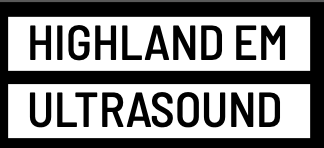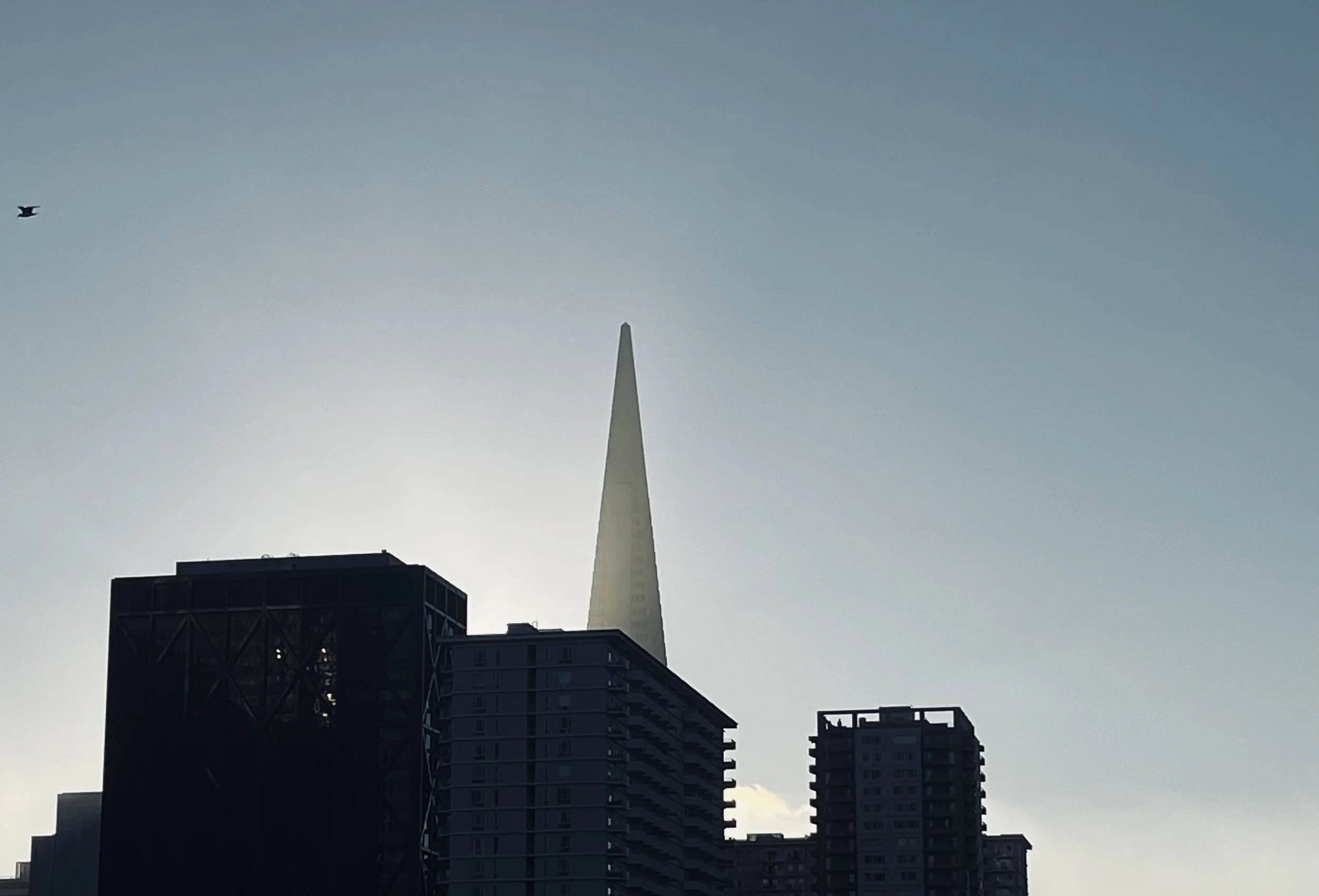transgluteal sciatic nerve block © 2012 by Arun Nagdev is licensed under CC BY-NC-ND 4.0
Indication = refractory back pain that is not improved by oral / IV meds
Basic Anatomical Overview of the Sciatic Nerve
Pic 1 Anatomy image from the posterior view with relevant anatomy. On the right side the gluteus maximus is left intact. On the right the gluteus maximus has been removed so that the sciatic nerve can be clearly visualized running above the quadratus femoris muscle, and between the great trochanter (lateral) and ischial tuberosity (medial).
2. Basic probe position to obtain ultrasound images
Pic 2 A) Place the patient in a lateral position if possible with mild knee flexion. Note the probe (red oval) with the probe marker (green circle) pointed to the ischial tuberosity (medial)
Pic 2 B) Representative anatomy when placing the ultrasound transducer in between the greater trochanter and ischial tuberosity. Note the in-plane lateral to medial needle approach in the top image. Also, note the quadratus femoris muscle (blue star). Green circle indicates probe marker.
3. Ultrasound image as compared to schematic
Pic 3 A) - Ultrasound image for the TGSNB. Note the greater trochanter and ischial tuberosity. The sciatic nerve is located in the fascial planes between the gluteus maximus muscle (superficially) and the quadratus femoris muscle (deeper).
Pic 3 - B) Schematic representation of the ultrasound image.
4. Schematic of where anesthetic should be injected
Pic 4 - Schematic of an in-plane lateral to medial approach with a blunt block needle. Note that the anesthetic is placed in the fascial plane adjacent to the sciatic nerve. Note the nerve encompasses the yellow circles and the anesthetic is the green/blue circles.
For more information and text = https://www.acepnow.com/article/transgluteal-sciatic-nerve-block/





